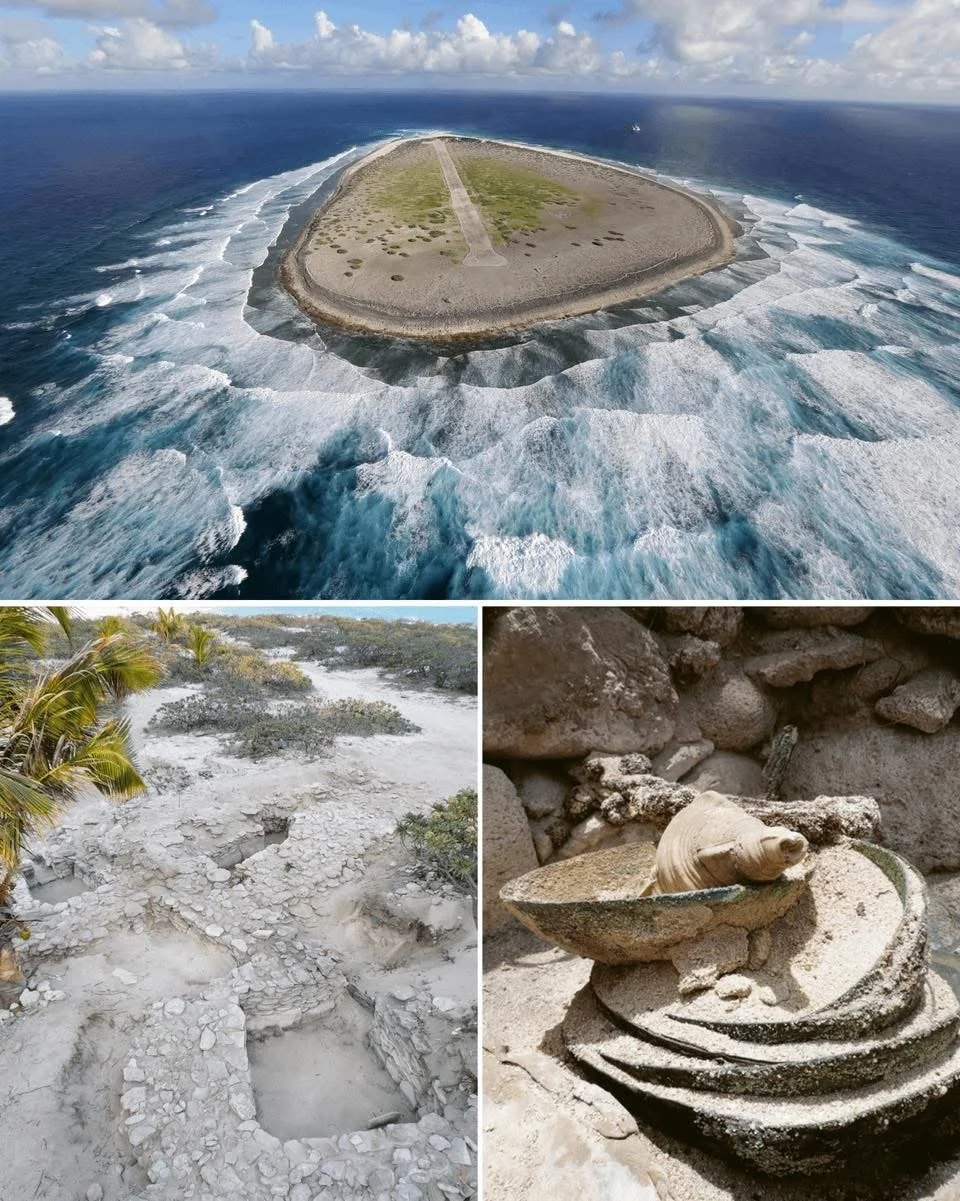In 1761, the French ship L’Utile, operated by the French East India Company, was clandestinely transporting 160 Malagasy individuals for the illegal slave trade when it wrecked on a desolate sandbank in the Indian Ocean, later named Tromelin Island. While the white crew and some slaves survived the initial disaster, they were stranded on an inhospitable islet lacking fresh water and essential resources. Initially, cooperation prevailed as survivors constructed a makeshift vessel, La Providence, from the ship’s remnants. However, upon its completion, the crew departed on September 27, 1761, leaving behind approximately 80 Malagasy captives with a promise of rescue that never materialized.
For fifteen years, these abandoned individuals exhibited remarkable resilience. They built shelters from ship debris and coral, fashioned tools from metal scraps, and sustained themselves on turtles, bird eggs, and fish. Their ingenuity extended to weaving clothing from braided feathers. Archaeological excavations led by Max Guérout have uncovered artifacts that attest to their resourcefulness and determination to survive under extreme conditions.
In 1776, the French ship La Dauphine arrived, rescuing the remaining eight survivors—seven women and an eight-month-old child. They were taken to Mauritius and granted freedom. However, fearing re-enslavement, they declined to return to Madagascar. Subsequent historical records offer little insight into their lives post-rescue, reflecting a broader pattern of erasure of enslaved peoples’ narratives.
The tragedy of Tromelin Island serves as a stark reminder of the brutalities of colonialism and slavery. It underscores the systemic disregard for human life inherent in these institutions. Today, Tromelin stands not only as a geographical location but also as a symbol of resilience and a call to acknowledge and preserve the histories of those who endured such profound injustices.







